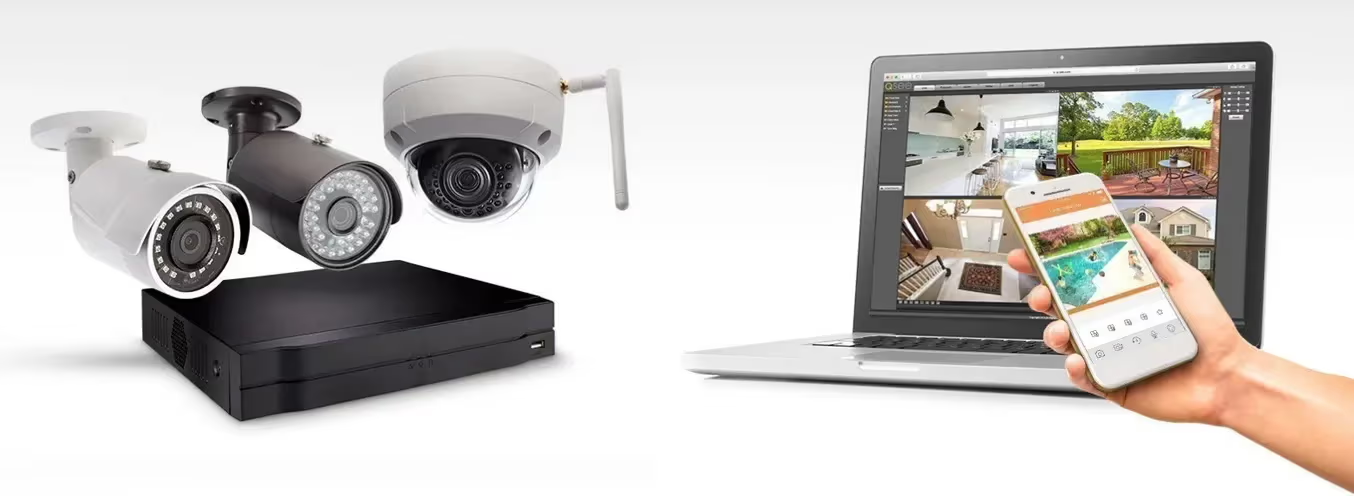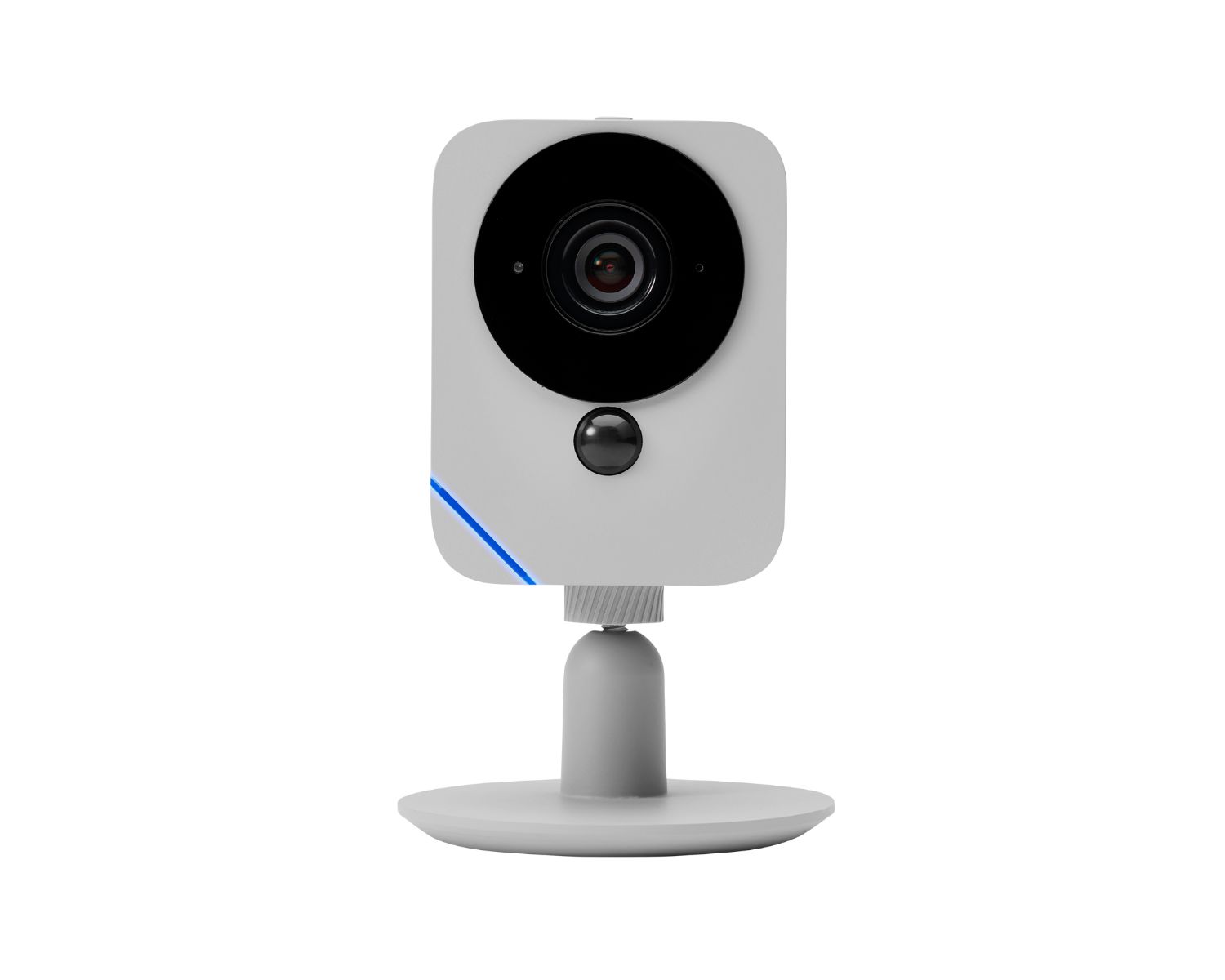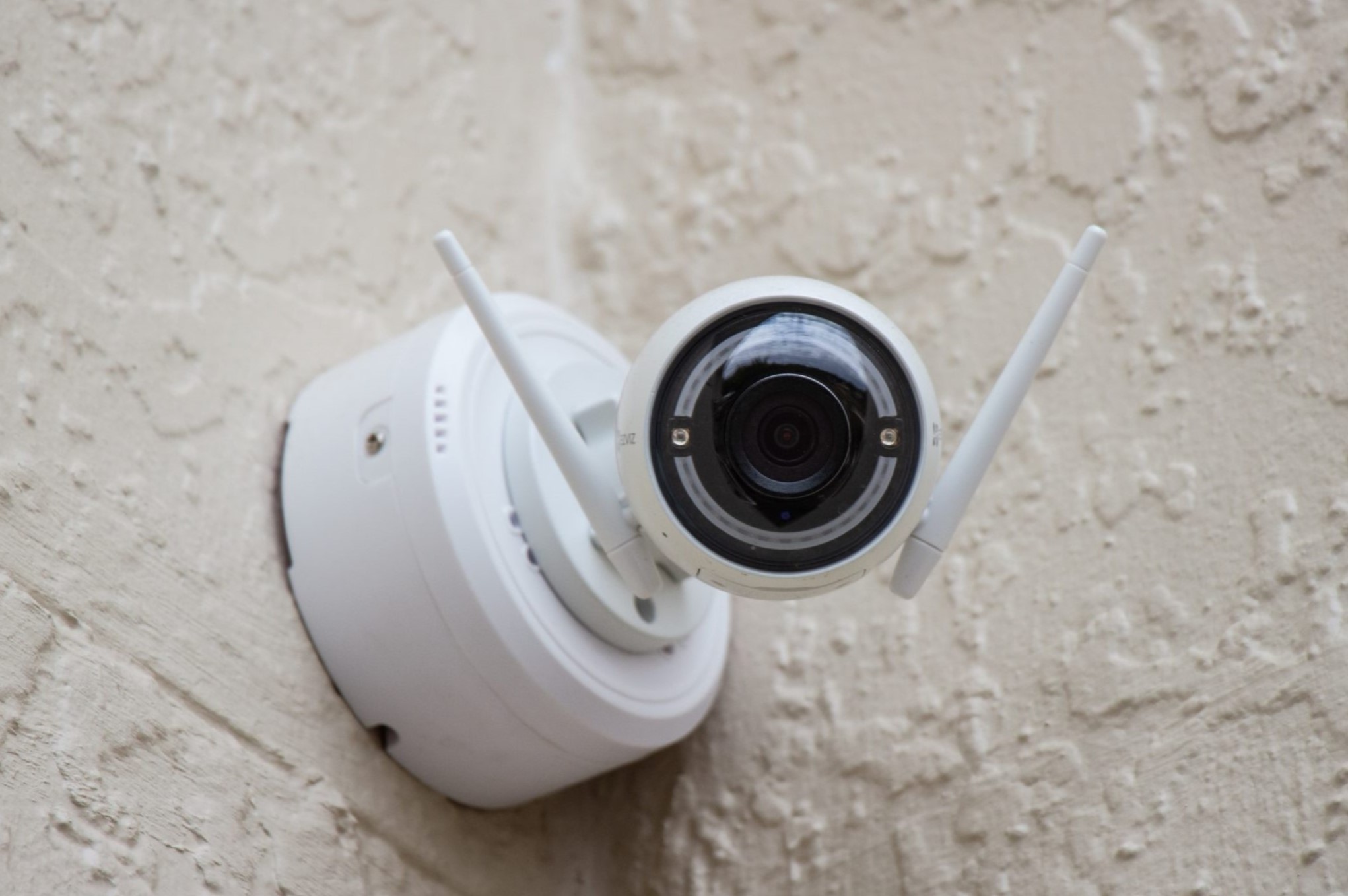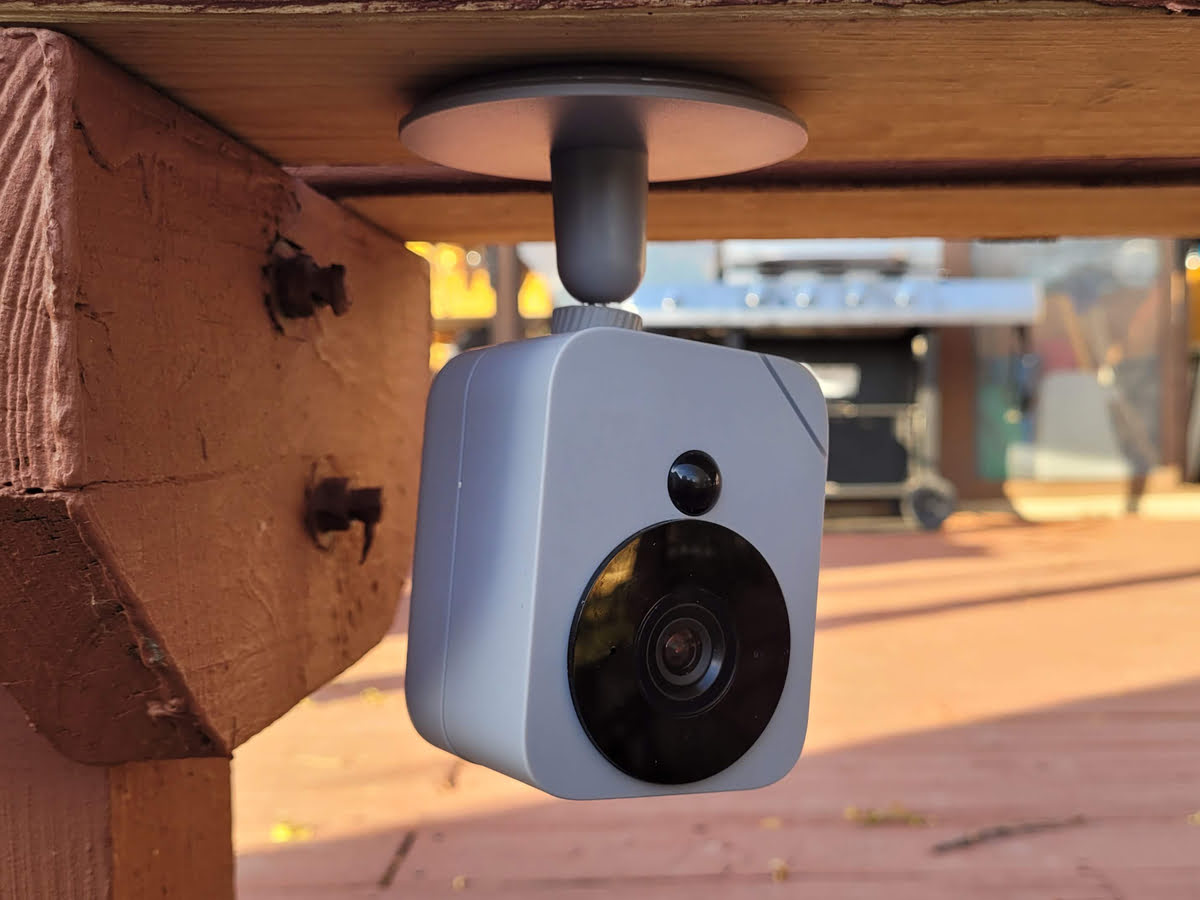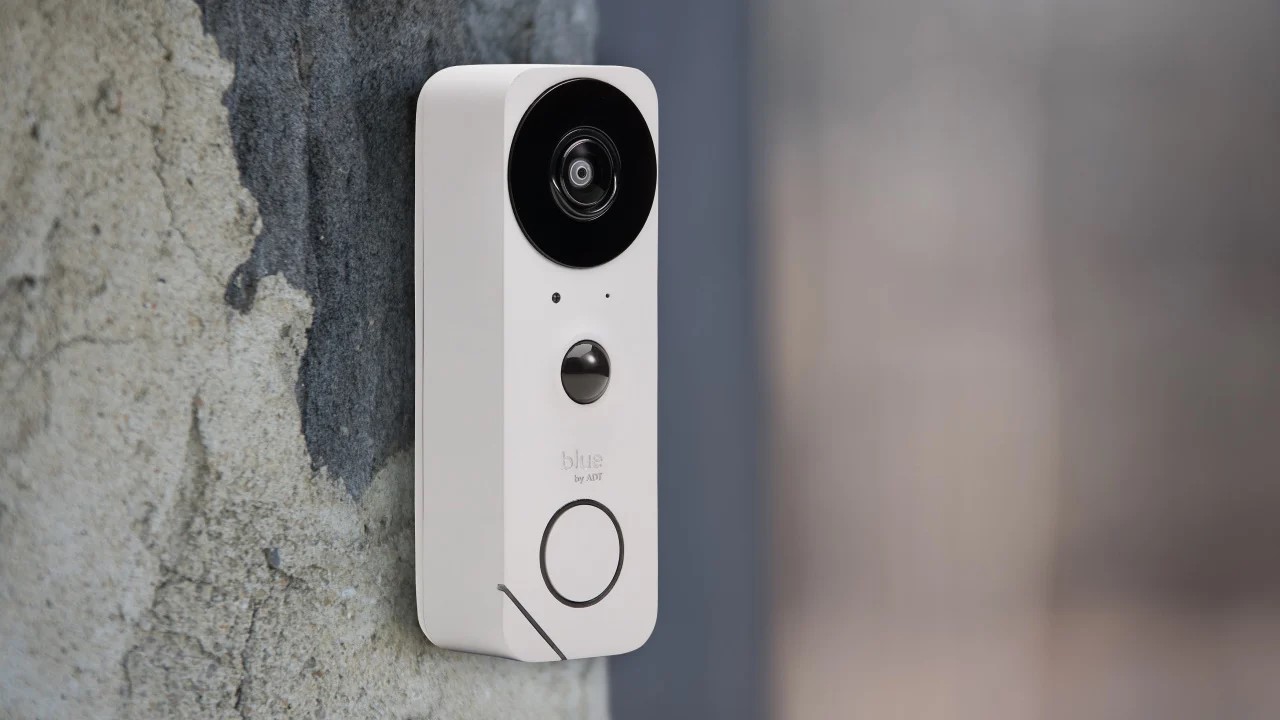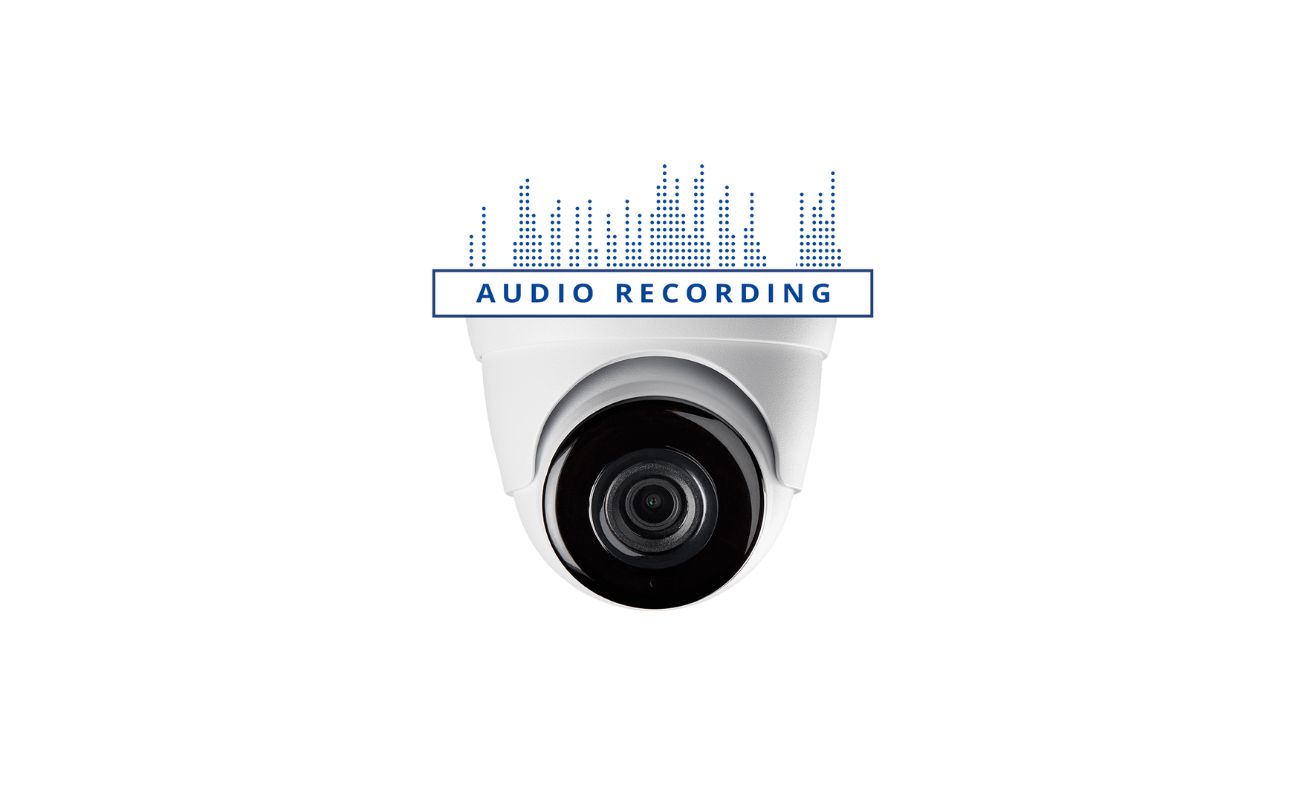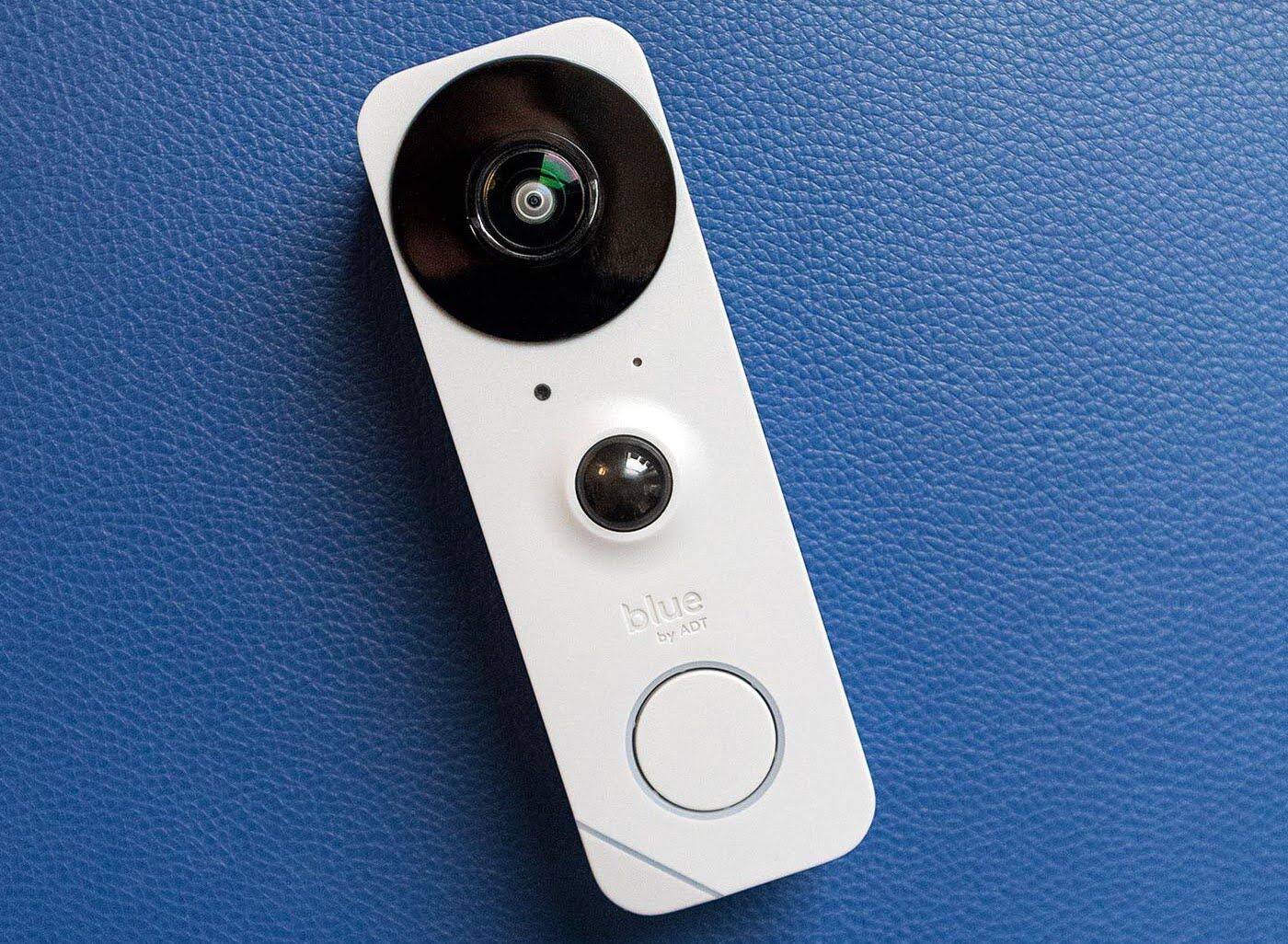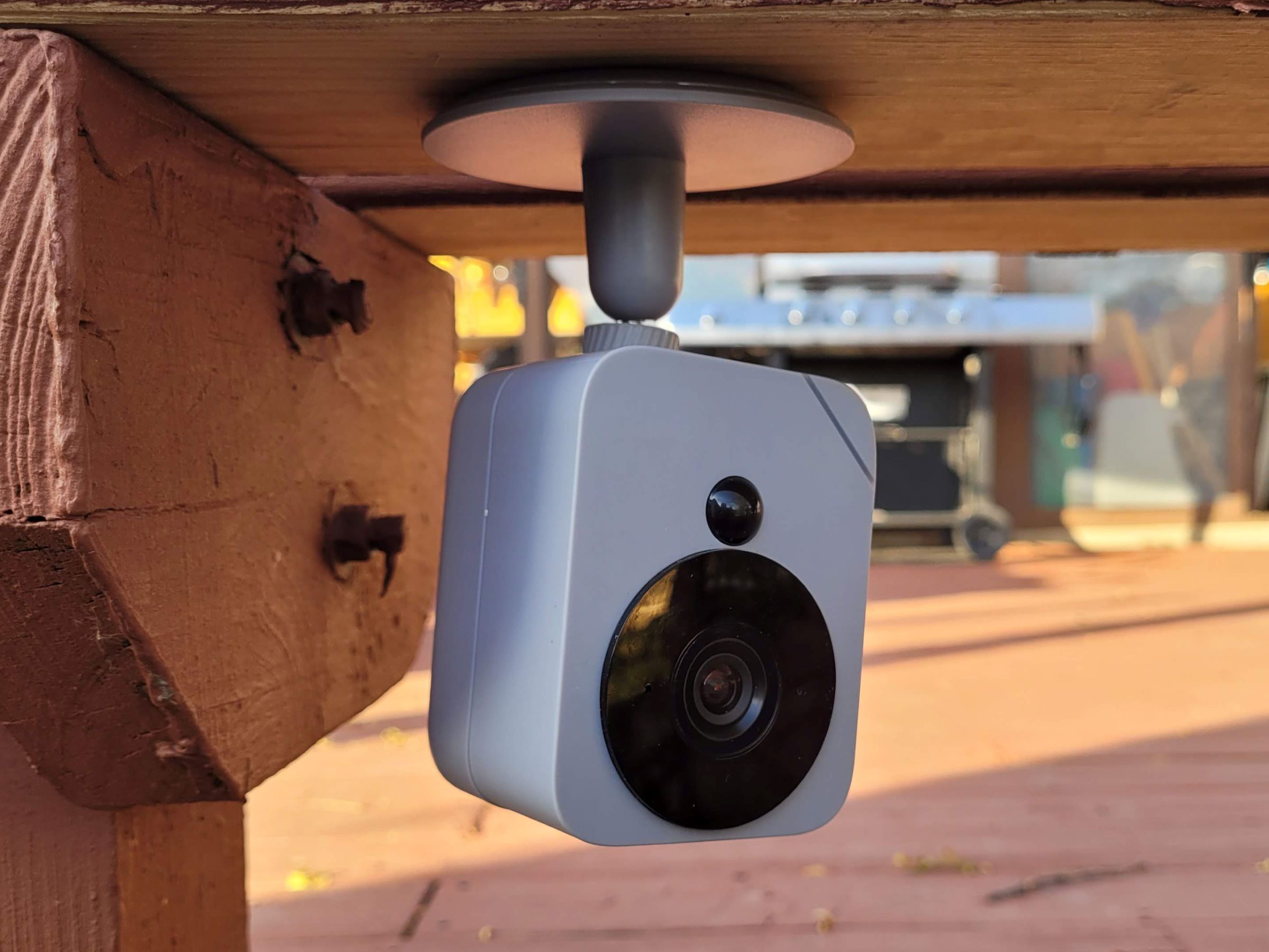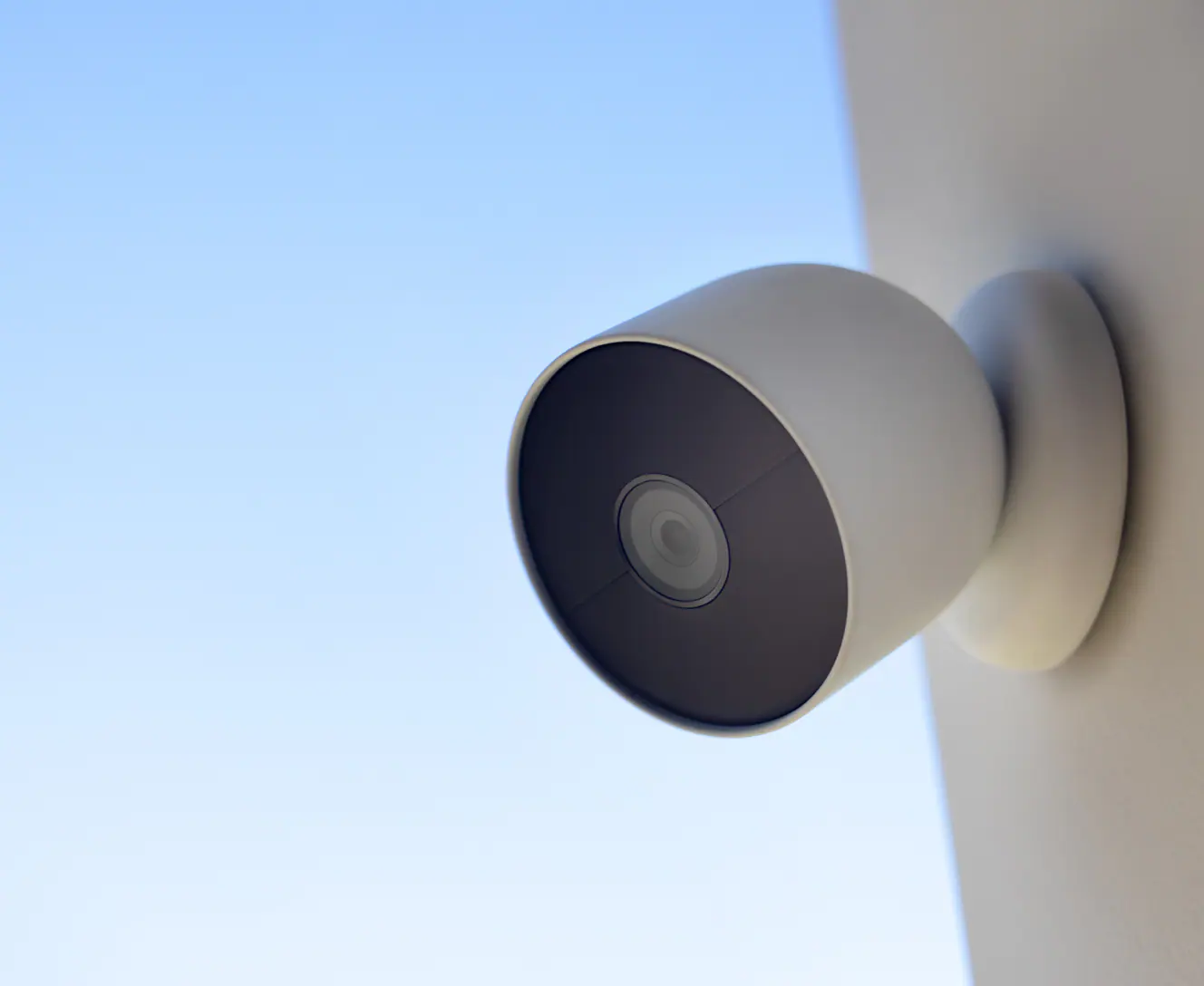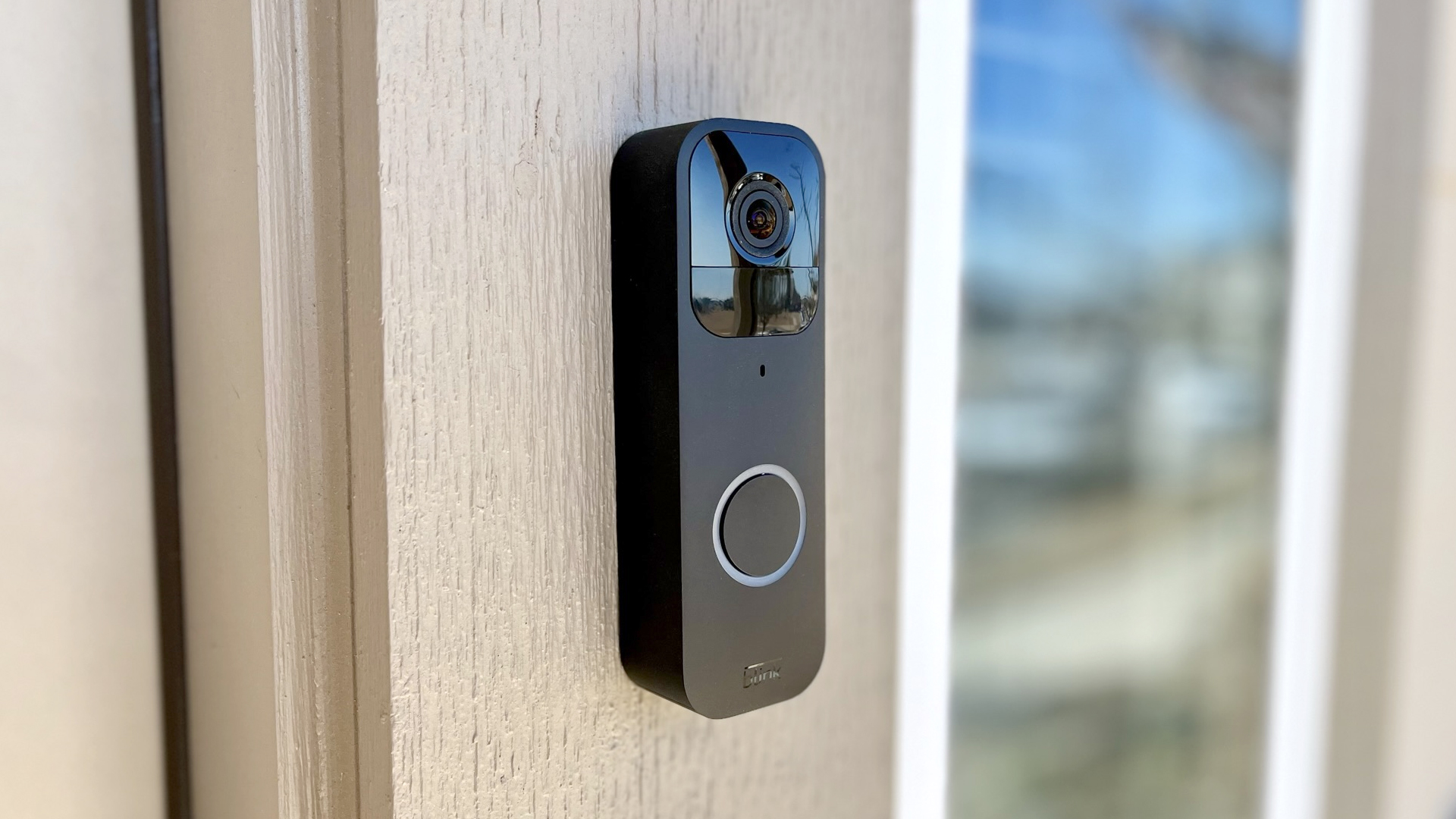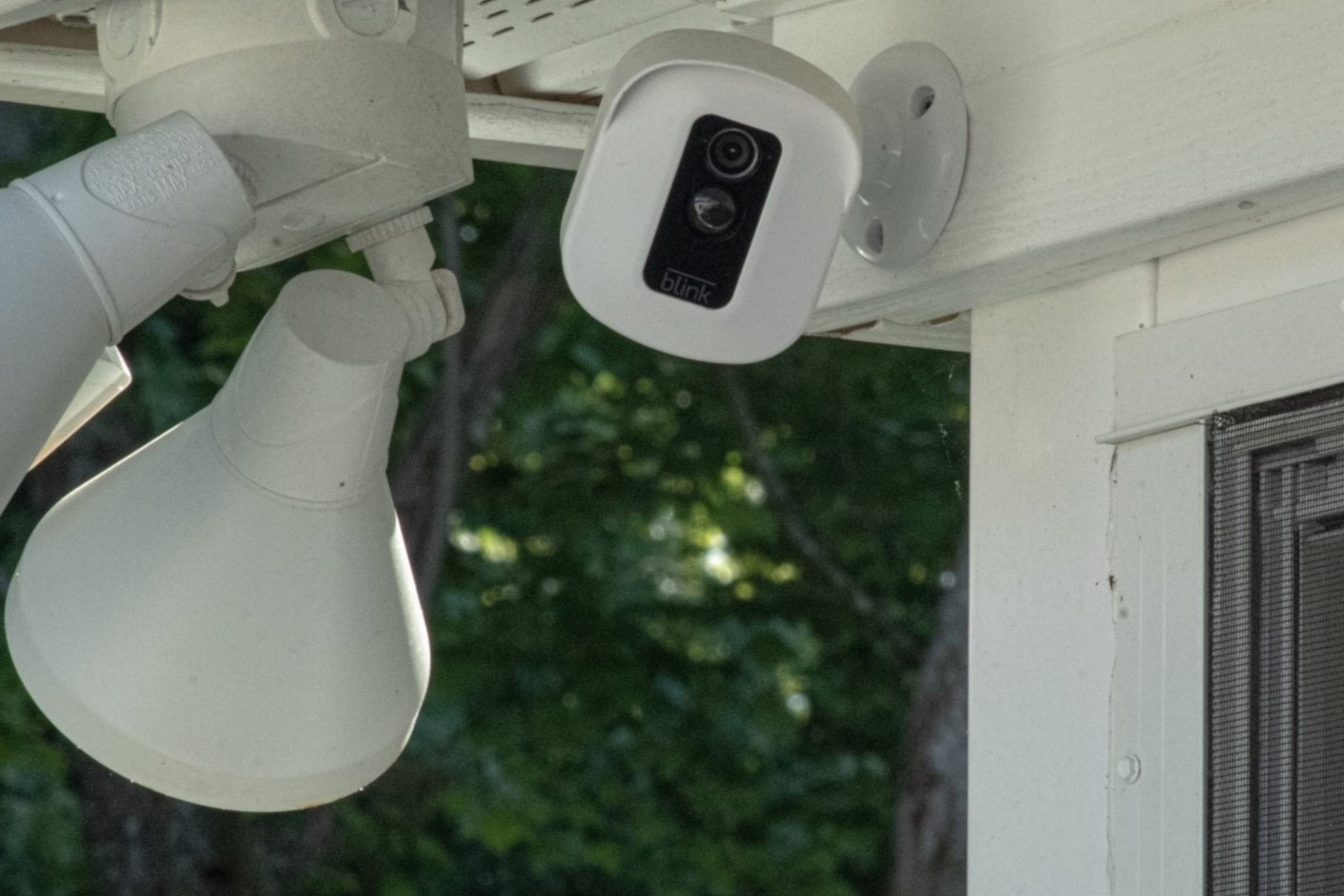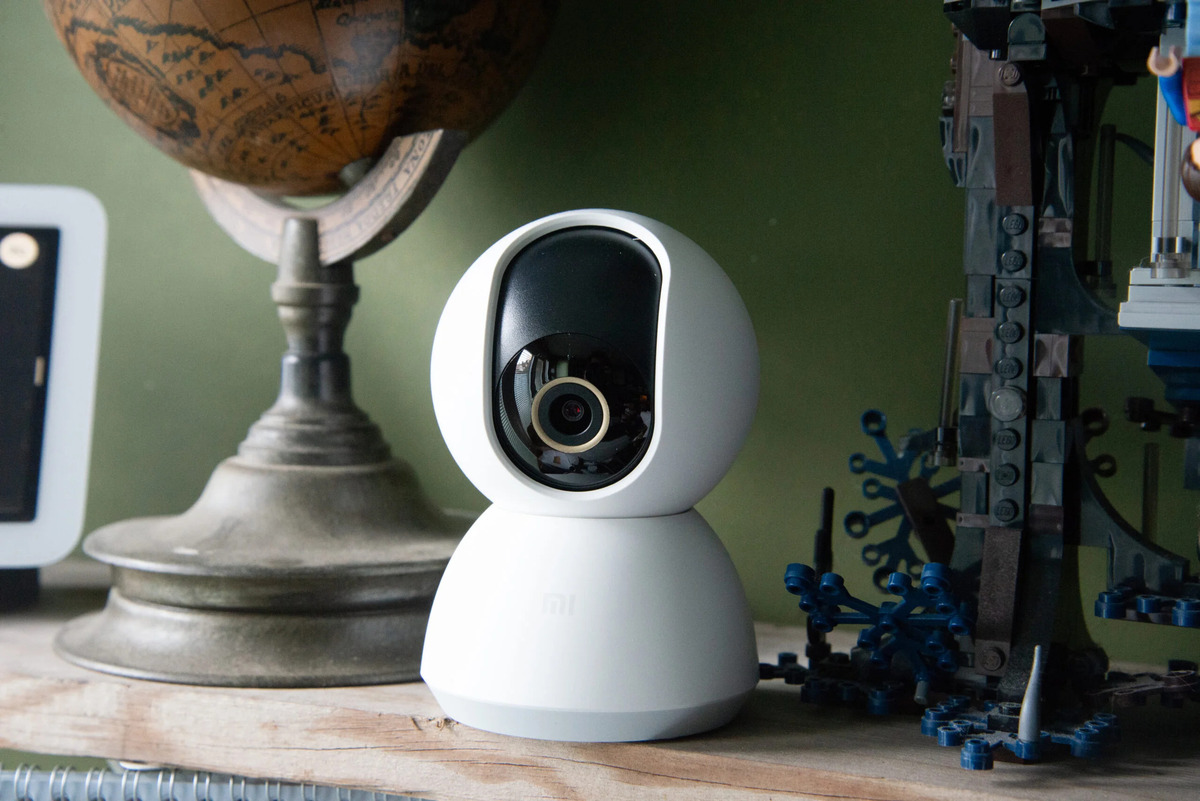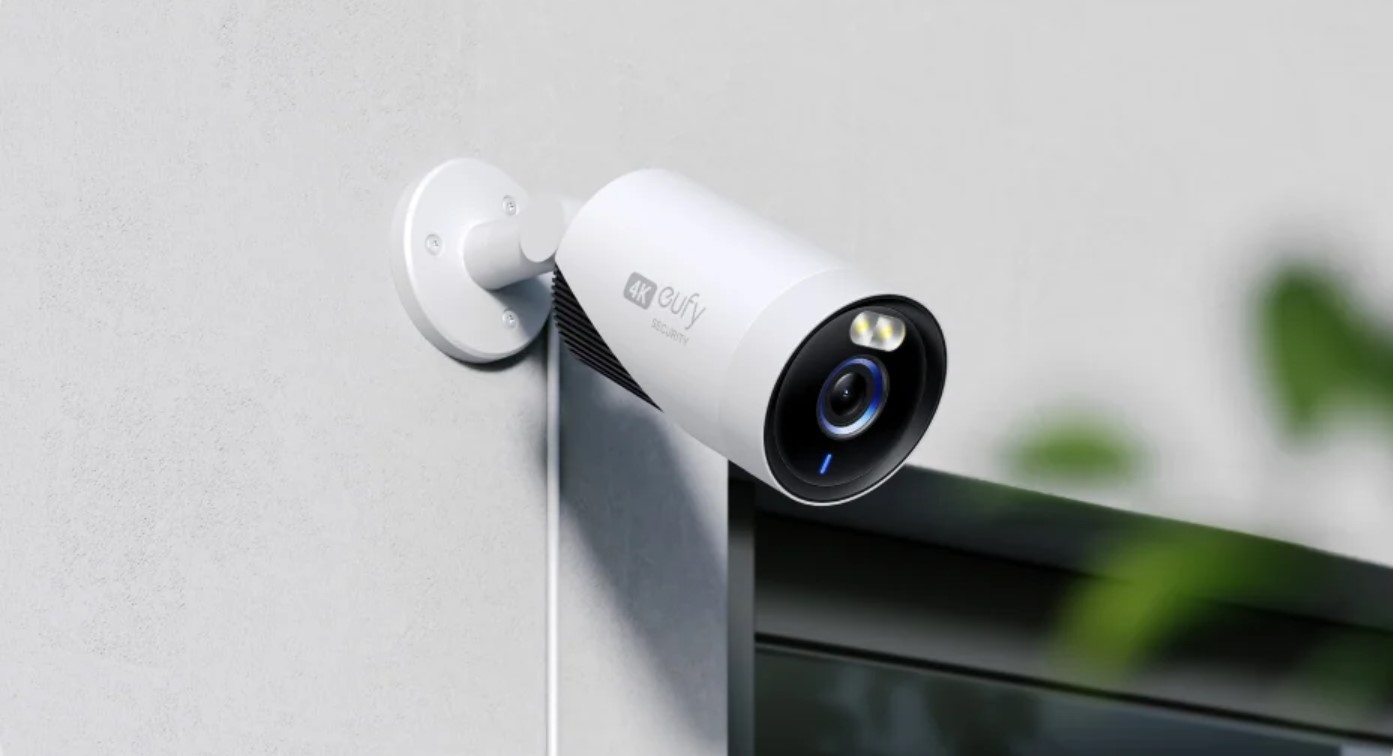Home>Home Security and Surveillance>How To Tell If My ADT Indoor/Outdoor Camera Is Recording
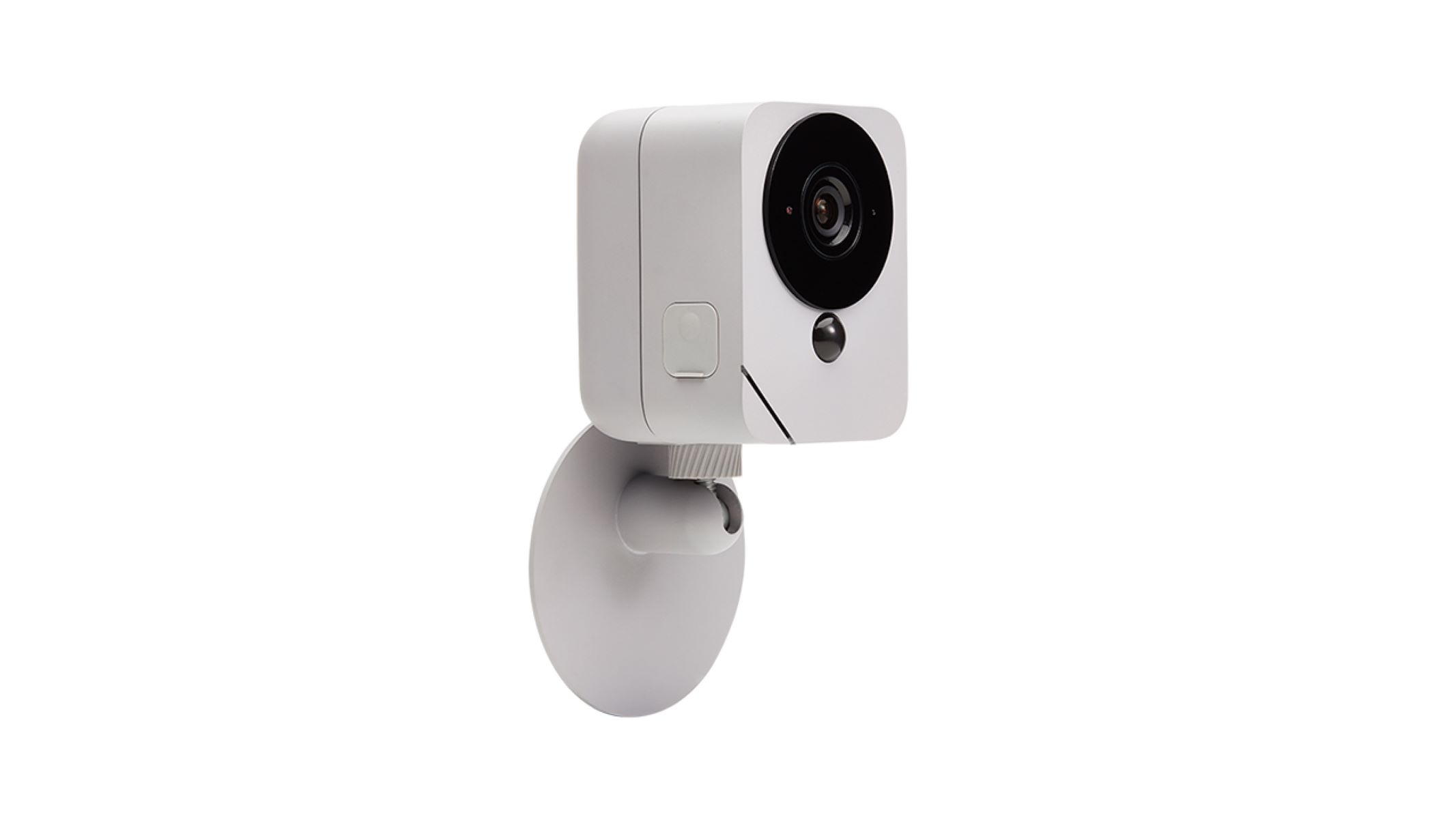

Home Security and Surveillance
How To Tell If My ADT Indoor/Outdoor Camera Is Recording
Modified: October 20, 2024
Learn how to determine if your ADT indoor/outdoor camera is recording for your home security and surveillance needs. Ensure peace of mind with these simple steps.
(Many of the links in this article redirect to a specific reviewed product. Your purchase of these products through affiliate links helps to generate commission for Storables.com, at no extra cost. Learn more)
Introduction
Home security is a top priority for homeowners, and one of the most effective ways to protect your property and loved ones is by installing an ADT indoor/outdoor camera system. These cameras provide a constant watchful eye over your home, capturing high-quality footage and allowing you to monitor your property remotely.
But how can you be sure that your ADT indoor/outdoor camera is actually recording? In this article, we will walk you through the steps to determine if your camera is recording and provide you with troubleshooting tips to address any common issues that may arise.
Whether you have recently installed an ADT indoor/outdoor camera or have been using one for a while, it is essential to check the camera status regularly. By doing so, you can ensure that your camera is functioning correctly and capturing footage as intended.
In the following sections, we will guide you through the process of checking the camera status, verifying power connection, confirming internet connectivity, reviewing camera settings, detecting motion events, and checking recording history. Additionally, we will provide troubleshooting tips for common issues that may affect the camera’s recording capabilities.
By understanding the different aspects of your ADT indoor/outdoor camera system, you will have peace of mind knowing that your home is protected, and you have complete control over your security setup. So, let’s dive in and learn how to tell if your ADT indoor/outdoor camera is recording.
Key Takeaways:
- Make sure your ADT indoor/outdoor camera is recording by checking its status, power connection, internet connectivity, camera settings, motion detection, and recording history. Regular maintenance and troubleshooting are essential for optimal performance.
- If you encounter issues with your ADT camera, troubleshoot by checking power and internet connections, updating firmware, adjusting settings, and contacting ADT support if needed. Stay proactive in monitoring and maintaining your camera for a secure home.
Understanding ADT Indoor/Outdoor Cameras
ADT indoor/outdoor cameras are advanced surveillance devices designed to provide you with a comprehensive security solution for your home. These cameras are specifically designed to withstand outdoor conditions while delivering high-quality video footage. Understanding the features and capabilities of ADT indoor/outdoor cameras is essential to ensure effective monitoring and recording.
One of the key features of ADT indoor/outdoor cameras is their weatherproof construction. This means that they are built to withstand various weather conditions, such as rain, snow, and extreme temperatures. The weatherproof design ensures that the cameras will continue to function optimally, providing you with continuous monitoring regardless of the outdoor environment.
Additionally, ADT indoor/outdoor cameras offer high-definition video capture, allowing you to see clear and detailed footage of your property. With the ability to capture high-resolution images, these cameras provide enhanced visibility, making it easier to identify individuals or objects in the recorded footage.
Another important aspect of ADT indoor/outdoor cameras is their wide viewing angle. These cameras are equipped with wide-angle lenses, enabling them to capture a larger field of view. This means that you can monitor a larger area of your property with just a single camera, reducing the need for multiple cameras and simplifying your surveillance setup.
Moreover, ADT indoor/outdoor cameras are equipped with infrared night vision, allowing you to monitor your property even in complete darkness. The infrared technology illuminates the scene, capturing black and white footage with great clarity, ensuring reliable monitoring 24/7.
Furthermore, ADT indoor/outdoor cameras are typically equipped with motion detection capabilities. This means that the cameras can detect any movement within their field of view and immediately begin recording. Motion detection technology is a valuable feature as it helps to minimize the amount of storage space used and ensures that recording only occurs when there is activity.
Lastly, these cameras are designed to be easily integrated into your existing ADT security system. This integration allows you to control and monitor your cameras remotely using the ADT app or web portal. You can access live video feeds, review recorded footage, and adjust camera settings all from the convenience of your smartphone or computer.
Having a solid understanding of the features and capabilities of ADT indoor/outdoor cameras is crucial for effective monitoring and recording. In the next sections, we will delve into various methods to check if your ADT indoor/outdoor camera is recording and ensure that it is functioning as intended.
Checking the Camera Status
To determine if your ADT indoor/outdoor camera is recording, the first step is to check its status. The camera status will provide you with valuable information about its current state and whether it is actively capturing footage. Here are some steps to help you check the camera status:
1. Open the ADT app or log in to the web portal: To access the camera status, you will need to use the ADT app on your smartphone or log in to the ADT web portal on your computer.
2. Navigate to the camera section: Once you are logged in, navigate to the camera section in the app or web portal. This section will display all the cameras connected to your ADT system.
3. Look for the camera in question: Locate the specific ADT indoor/outdoor camera that you want to check the status of. Ensure that it is properly named to facilitate easy identification.
4. Check the camera status: Within the camera section, you should see the status of each camera. The camera status will indicate whether it is offline, online, or recording.
5. Offline status: If the camera is listed as offline, it means that there may be an issue with its connectivity. Check the power connection and internet connection to troubleshoot the problem (we will cover these in more detail in later sections).
6. Online status: An online status indicates that the camera is connected to the network and is functioning properly. However, it doesn’t necessarily mean that it is actively recording. Continue with the following steps to verify if recording is occurring.
7. Look for recording indicators: Some ADT indoor/outdoor cameras have LED lights or other indicators that show when they are actively recording. Check for any recording indicators on the camera itself.
8. Review the camera settings: Within the camera section of the ADT app or web portal, you can usually access the camera settings. Review these settings to ensure that recording is enabled and properly configured.
By checking the camera status through the ADT app or web portal, you can quickly and conveniently determine if your ADT indoor/outdoor camera is recording. If the camera is offline, it may require troubleshooting to restore its functionality. If it is online but not actively recording, you may need to adjust the camera settings or investigate further to identify any potential issues.
Verifying Power Connection
A crucial step in determining if your ADT indoor/outdoor camera is recording is to verify its power connection. Without a stable power supply, the camera will not be able to function properly and capture footage. Here are the steps to follow to ensure that the power connection is secure:
1. Check the physical power cable: Start by examining the physical power cable connected to the camera. Ensure that it is securely plugged into both the camera and the power outlet or power adapter.
2. Verify power source: Verify that the power source supplying electricity to the camera is working correctly. Test the power outlet or power adapter by plugging in another device and see if it powers up. If the outlet or adapter is faulty, replace it before proceeding.
3. Look for power indicator lights: Some ADT indoor/outdoor cameras have power indicator lights that show when they are receiving power. Check if the power indicator light on the camera is illuminated. If it is not, double-check the power connection and try a different power outlet if possible.
4. Check for power interruptions: In some cases, power interruptions or fluctuations in the electrical supply may cause the camera to temporarily lose power, resulting in a disruption in recording. If you suspect this to be the case, consider using a backup power supply, such as an uninterruptible power supply (UPS), to ensure continuous power to the camera.
5. Inspect the power cable: Examine the power cable itself for any signs of damage or wear. If you notice any frayed wires, cracks, or other issues with the cable, it may need to be replaced. Contact ADT support for assistance or consider consulting a professional if necessary.
By verifying the power connection of your ADT indoor/outdoor camera, you can ensure that it is receiving a stable power supply. This step is crucial to ensure that the camera functions properly, records footage, and keeps your home secure. If you encounter any issues with the power connection, addressing them promptly will help restore the camera’s recording capabilities.
Confirming Internet Connectivity
Internet connectivity is vital for your ADT indoor/outdoor camera to transmit recorded footage and provide remote access to live video feeds. To verify if your camera is recording, you need to ensure that it has a stable and reliable internet connection. Follow these steps to confirm internet connectivity:
1. Check your Wi-Fi network: Ensure that your Wi-Fi network is operational and functioning correctly. Verify that other devices connected to the network, such as smartphones or computers, are able to access the internet without any issues.
2. Position the camera within Wi-Fi range: ADT indoor/outdoor cameras rely on Wi-Fi to transmit data. Ensure that the camera is positioned within the range of your Wi-Fi router, avoiding any obstacles that could interfere with the signal strength and quality.
3. Check the camera’s Wi-Fi signal strength: Most ADT cameras have an indicator within the app or web portal that displays the Wi-Fi signal strength. Check this indicator to verify that the camera is receiving a strong and stable Wi-Fi signal. If the signal is weak, you may need to reposition the camera or consider using Wi-Fi range extenders to improve coverage.
4. Restart the router and camera: A common troubleshooting step for internet connectivity issues is to restart both your Wi-Fi router and the camera. Power off the router, wait for a few seconds, and then power it back on. Repeat the same process for the camera. Give them a moment to reconnect to each other and the internet.
5. Check for network security settings: Ensure that your Wi-Fi network’s security settings are configured properly, such as using WPA2 encryption. Incorrect or outdated security settings can impact the camera’s ability to connect to the network and transmit data.
6. Test remote access: Use the ADT app or web portal to access the camera remotely. Verify that you can view the live video feed and access any recorded footage. If you encounter any issues, it may be a sign of internet connectivity problems or other network-related issues.
By confirming the internet connectivity of your ADT indoor/outdoor camera, you can ensure that it is able to transmit recorded footage and provide remote access. A stable and reliable internet connection is crucial for the camera’s proper functionality and ensuring that it is recording as intended. If you encounter any connectivity issues, consider troubleshooting your network settings or reaching out to ADT support for further assistance.
Check the camera’s status light – a solid green light indicates it’s recording, while a blinking green light means it’s connecting to the network. You can also check the camera’s app for recording history.
Reviewing Camera Settings
Reviewing the camera settings is an essential step in determining if your ADT indoor/outdoor camera is recording. By checking and adjusting the camera settings, you can ensure that the necessary recording features are enabled and properly configured. Here’s how you can review the camera settings:
1. Open the ADT app or log in to the web portal: Launch the ADT app on your smartphone or access the ADT web portal on your computer. Log in using your credentials to gain access to your camera settings.
2. Navigate to the camera settings: Once you are logged in, find the camera section and locate the specific ADT indoor/outdoor camera that you want to review the settings for. Look for the settings or configuration options related to the camera.
3. Enable recording: Check if the recording feature is enabled for the camera. Ensure that the recording setting is turned on to allow the camera to capture and store footage when it detects motion or as per the scheduled recording settings.
4. Adjust recording sensitivity: Some ADT indoor/outdoor cameras offer adjustable motion detection sensitivity. This determines how easily the camera detects and starts recording based on motion. Adjust the sensitivity according to your preferences and the specific needs of your property.
5. Set recording schedules: If your camera supports scheduled recording, determine if you have set up specific timeframes for recording. This is useful if you want to record footage during specific hours of the day or week.
6. Configure storage options: Review the storage settings for the camera. Check if the camera is set to store recorded footage locally on a microSD card or if it is using cloud storage. Ensure that the storage capacity is sufficient, and if needed, make any necessary adjustments, such as deleting older recordings to free up space.
7. Check video quality settings: Verify the video quality settings for your camera. Ideally, it should be set to the highest quality available to ensure clear and detailed footage. Adjust the settings if needed, but keep in mind that higher quality recording may consume more storage space.
8. Update camera firmware: Ensure that your camera has the latest firmware installed. Outdated firmware can affect the camera’s functionality and performance. Check for any firmware updates in the camera settings and follow the instructions to update if necessary.
By reviewing the camera settings in the ADT app or web portal, you can ensure that the necessary recording features are enabled and properly configured. Adjusting the settings according to your preferences and the requirements of your property will help ensure that your ADT indoor/outdoor camera is recording as intended.
Detecting Motion Events
One of the key features of ADT indoor/outdoor cameras is their ability to detect motion events and start recording accordingly. By ensuring that motion detection is functioning correctly, you can be confident that your camera is actively capturing important footage. Here’s how you can check and verify motion detection:
1. Open the ADT app or log in to the web portal: Launch the ADT app on your smartphone or access the ADT web portal on your computer. Enter your login credentials to access your camera settings.
2. Navigate to the camera settings: Once logged in, find the camera section and locate the specific ADT indoor/outdoor camera you want to review the settings for. Look for the motion detection or motion sensing options related to the camera.
3. Enable motion detection: Verify that the motion detection feature is enabled for the camera. This feature allows the camera to detect motion within its field of view and initiate recording accordingly. Ensure that motion detection is turned on for the camera.
4. Adjust motion detection sensitivity: Many ADT indoor/outdoor cameras offer adjustable motion detection sensitivity. This setting determines how easily the camera detects and starts recording based on motion. Adjust the sensitivity according to your preferences and the specific needs of your property. A higher sensitivity setting may result in more frequent recordings, while a lower sensitivity may be less responsive to smaller movements.
5. Test motion detection: To confirm that motion detection is working correctly, perform a test by moving within the camera’s field of view. Walk in front of the camera or introduce motion into the monitored area. Observe if the camera detects the movement and starts recording accordingly.
6. Review motion detection notifications: Check if your ADT camera provides motion detection notifications. These notifications are sent to your smartphone through the ADT app or via email, alerting you when motion is detected. Ensure that you have enabled notifications and configured them to your preference.
7. Adjust motion detection zones: Some ADT indoor/outdoor cameras allow you to define specific zones within the camera’s field of view for motion detection. Review the motion detection zone settings and adjust them as needed. This allows you to focus on specific areas where you want the camera to be more sensitive to motion.
By verifying the motion detection settings and performing tests, you can ensure that your ADT indoor/outdoor camera is accurately detecting motion events and initiating recording when necessary. This helps ensure that important activities are captured and recorded, enhancing the security and surveillance capabilities of your camera system.
Checking Recording History
To determine if your ADT indoor/outdoor camera has been recording, you can review its recording history. Checking the recording history gives you valuable insight into when and how much footage has been captured. Follow these steps to check the recording history:
1. Open the ADT app or log in to the web portal: Launch the ADT app on your smartphone or access the ADT web portal on your computer. Log in using your credentials to access your camera settings and recording history.
2. Navigate to the recording history: Once logged in, find the camera section and locate the specific ADT indoor/outdoor camera you want to review the recording history for. Look for the recording history or playback options related to the camera.
3. Select the date and time range: Choose the desired date and time range for which you want to review the recording history. You can select specific days or a range of days to narrow down the search.
4. Start playback: Begin playback of the recorded footage within the selected date and time range. The recorded footage should show events that were captured by the camera during that timeframe.
5. Review footage: Watch the recorded footage to see if any notable events or activities were recorded. Use the playback controls to pause, rewind, fast-forward, and skip through the footage as needed.
6. Use event filters: Some ADT camera systems allow you to filter the recording history based on specific events. These events can include motion events, alarms, or other triggers. Utilize these filters to focus on specific types of recordings that may be of interest.
7. Access cloud storage: If your ADT camera utilizes cloud storage for recorded footage, you may be able to review the recording history directly from the cloud storage interface. Follow the instructions provided to access and review the recorded footage stored in the cloud.
By checking the recording history of your ADT indoor/outdoor camera, you can ensure that it has been capturing footage as intended. Reviewing the recording history allows you to identify any notable events, view activity within specific date and time ranges, and verify the camera’s recording functionality. If you encounter any issues with the recording history or cannot find the desired footage, consider troubleshooting the camera settings or contacting ADT support for further assistance.
Troubleshooting Common Issues
While ADT indoor/outdoor cameras are reliable and efficient, there may be instances where you encounter common issues that affect their recording capabilities. Here are some troubleshooting tips to help you address these issues:
1. Check power and internet connections: Ensure that the camera is properly connected to a power source and that your Wi-Fi network is functioning correctly. Verify that the camera has a stable power supply and a reliable internet connection to ensure optimal performance.
2. Restart the camera: Try restarting the camera by powering it off and then turning it back on again. This simple step can help resolve minor glitches and restore proper functionality.
3. Re-position the camera: If you notice poor image quality or your camera is not capturing the desired area, consider repositioning it. Avoid obstructions that may interfere with the camera’s field of view and ensure that it is within the range of your Wi-Fi network.
4. Adjust motion detection settings: If your camera is not recording motion events as expected, check the motion detection settings. Ensure that motion detection is enabled and adjust the sensitivity level to better suit your needs.
5. Update camera firmware: Outdated firmware can cause compatibility issues and affect the camera’s performance. Check for any firmware updates available for your camera model and follow the instructions provided to update it.
6. Clear storage space: If your camera uses local storage, such as a microSD card, check if the storage is full. Delete older recordings or consider expanding the storage capacity if necessary.
7. Verify camera settings: Double-check the camera settings to ensure that the recording feature is enabled and properly configured. Review the camera’s recording schedule, video quality settings, and motion detection zones to ensure they align with your preferences.
8. Check for physical obstructions or interference: Sometimes, physical obstructions or interference, such as walls or other electronic devices, can affect the camera’s ability to connect to the Wi-Fi network or record footage. Try moving the camera or adjusting its position to minimize any potential obstructions or interference.
9. Contact ADT support: If you have tried the troubleshooting steps above and are still experiencing issues with your ADT indoor/outdoor camera, it is recommended to contact ADT support. Their knowledgeable technicians can provide further guidance and assistance tailored to your specific camera and setup.
By following these troubleshooting tips, you can address common issues that may affect the recording capabilities of your ADT indoor/outdoor camera. Remember, if you are unsure or unable to resolve the problem on your own, it’s always best to seek professional assistance to ensure that your camera system is functioning optimally.
Read more: How To Reset ADT Doorbell Camera
Conclusion
Ensuring that your ADT indoor/outdoor camera is recording is crucial for maintaining the security and surveillance of your home. By following the steps outlined in this article, including checking the camera status, verifying power and internet connections, reviewing camera settings, detecting motion events, and checking the recording history, you can stay informed about the camera’s functionality and ensure that it is capturing important footage when needed.
Regularly monitoring the camera’s status and reviewing its settings is essential for maintaining optimal performance. By enabling recording features, adjusting motion detection sensitivity, and configuring storage options, you can customize the camera to meet your specific security needs. Additionally, troubleshooting common issues, such as power or internet connectivity problems, can help resolve any obstacles that may hinder the camera’s recording capabilities.
Remember to check the camera’s recording history to verify that it is capturing footage as intended. By reviewing the recorded footage, you can identify any notable events and take appropriate actions if necessary.
However, it’s important to note that while ADT indoor/outdoor cameras provide reliable surveillance, no system is perfect. Regular maintenance, firmware updates, and occasional troubleshooting may be required to ensure optimal performance.
By staying proactive and vigilant in monitoring your ADT indoor/outdoor camera, you can maintain a secure and protected home environment. Should you encounter any persistent issues or difficulties, do not hesitate to reach out to ADT support for further assistance.
Investing in an ADT indoor/outdoor camera system brings peace of mind, knowing that you have a reliable and advanced security solution. By following the guidelines presented in this article, you can confidently determine if your ADT indoor/outdoor camera is recording and take the necessary steps to address any issues that may arise. With proper maintenance and attention, your ADT camera will continue to provide you with a sense of security and assist in keeping your home safe.
Frequently Asked Questions about How To Tell If My ADT Indoor/Outdoor Camera Is Recording
Was this page helpful?
At Storables.com, we guarantee accurate and reliable information. Our content, validated by Expert Board Contributors, is crafted following stringent Editorial Policies. We're committed to providing you with well-researched, expert-backed insights for all your informational needs.
